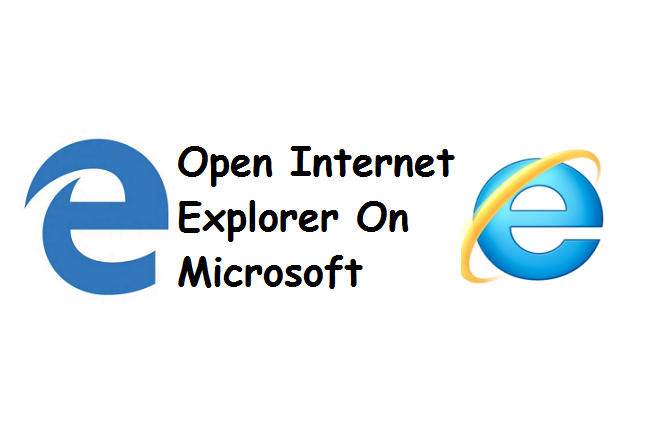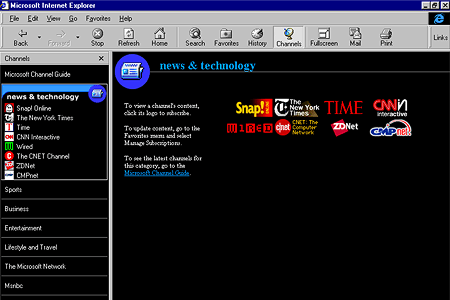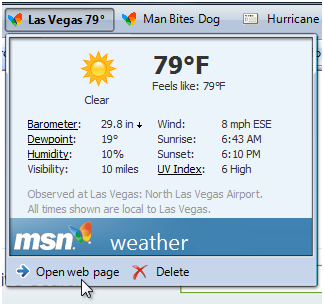

In 2010, Google started heavily marketing it’s Google Chrome browser. A lot had changed between the years of mid-20. Microsoft’s Windows Phone failed even to capture a fraction of the market, effectively stranding Internet Explorer as a desktop only browser.Īdding insult to injury, it took Microsoft roughly two and half years to release Internet Explorer 8, after 7. In 2007, Apple released the iPhone which sported a first for a phone: Safari, a fully functional web browser, earning the Microsoft’s CEO Steve Balmer would famously laugh at the iPhone. Internet Explorer would never be ported to any Mac operating system again.ĭespite the competition and lack of engagement, Internet Explorer still maintained a healthy market dominance, controlling roughly 70% for most of the decade with FireFox as its chief competitor. Microsoft curtly discontinued Internet Explorer for Mac OS X, again doubling down on its five-year hiatus from any new Internet Explorer updates. Free from its contract with Microsoft, Apple began bundling it with Mac OS X 10.3. Apple released the beta it’s WebKit based browser, Safari for download shortly after. The success of FireFox hinged on providing a superior experience with novel features such as popularizing tabbed browsing, pop-up blocking, privacy mode, phishing protection, frequent incremental updates, built-in search bar, easily installed plugins, theming, cross-platform support, adherence to open standards, speed and security.Īlso adding to the mix, a rejuvenated Apple entered the fray in 2002, forking the Linux browser Konqueror’s codebase, KHTML, naming its open-source project Webkit. Phoenix would later change its name to FireBird after a trademark dispute in 2003 and ultimately landed on FireFox in 2004. In 2002, a stripped down fork of the Mozilla Suite, Phoenix a none-too-subtle reference to Netscape, kicking off what would be referred to as the Second Browser War. Microsoft would not release a major update to Internet Explorer for five years.ĭespite the nearly impossible odds, a collection of developers created the Mozilla Organization open source foundation based on the Netscape codebase, and began updating and improving it, called the Mozilla Suite (an all-in-one browser/e-mail client), paying particular attention to standards, accessibility, and cross-platform ports.

This would be the high watermark for Microsoft. Microsoft Corp in 1998.ĭespite the legal hurdles, all the reasons mentioned above lead to the inevitable rise of IE, as it was the default web browser for Windows, hitting roughly 95% of the browser market in 2001 with Internet Explorer 6.

Microsoft’s decision to bundle IE as part of the Windows operating system became a chief issue in the Microsoft Antitrust case, United States v.However, Netscape unusual step of releasing it’s source code before AOL purchased it. Netscape was unable to compete and was acquired by AOL for $4.2 billion.Its dominance didn’t stop at Windows either, as part of a negotiation to bring Office to the Mac with the then-struggling Apple, Apple agreed to ship Internet Explorer as its default browser for five years.Microsoft had closed the gap to control nearly half of the market.Microsoft also created the Javascript feature, XMLHttpRequest (shipping it with IE5 in 1999) allowing for data real-time data transfer (the technology powering AJAX), paving the way for modern web applications.ġ998 was the year of Internet Explorer as several key developments happened: Internet Explorer 3 was the first browser with CSS support and added features like Java applets, iframes, ActiveX. Netscape Communicator began earning the reputation as buggy and bloated whereas Microsoft was outpacing Netscape.

Microsoft also emphasized providing a superior experience. This tactic was exceptionally effective, as its chief competitor Netscape Navigator (which constituted roughly 80% of the market) was not free and depended on the revenue it generated. Internet Explorer (IE) was first released as part of the Plus! add-on package for Windows 95, and then freely available via services packs or downloads, then later bundled in Windows 95 OEM copies with PCs. On December 3rd, Microsoft announced the once-unthinkable: It would be switching, Edge, its proprietary web browser’s codebase from its own to Chromium, an open-source project that forms the base of Google’s Chrome.


 0 kommentar(er)
0 kommentar(er)
